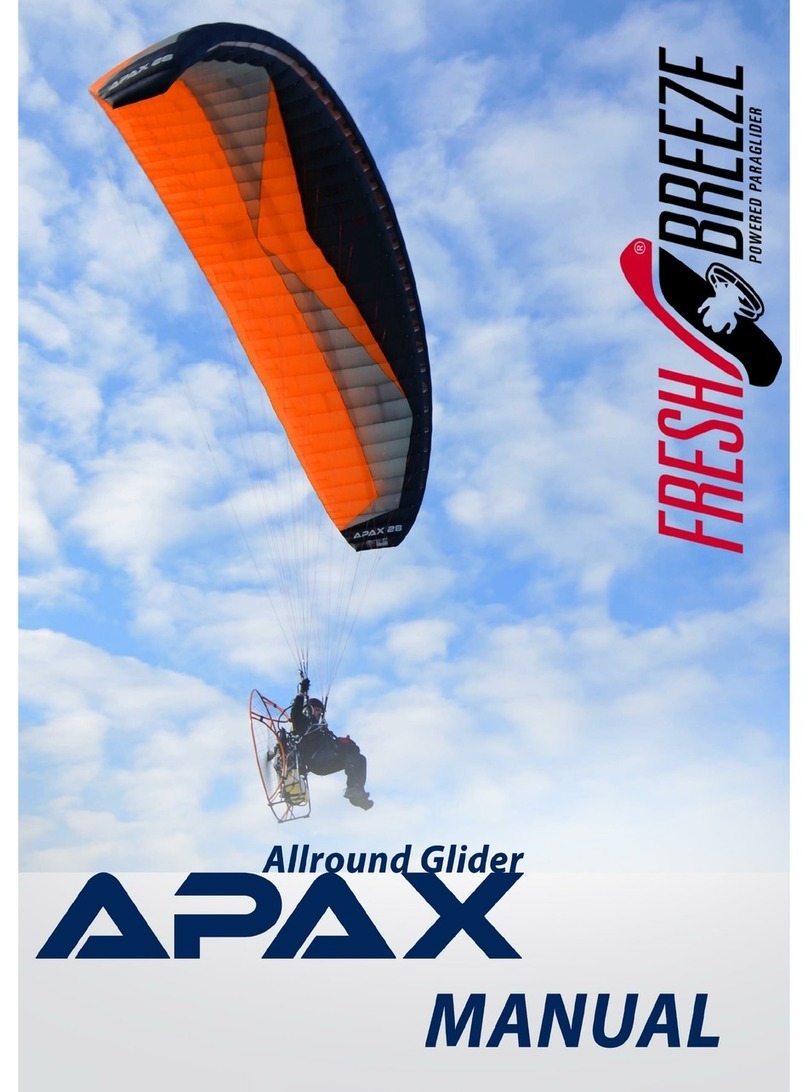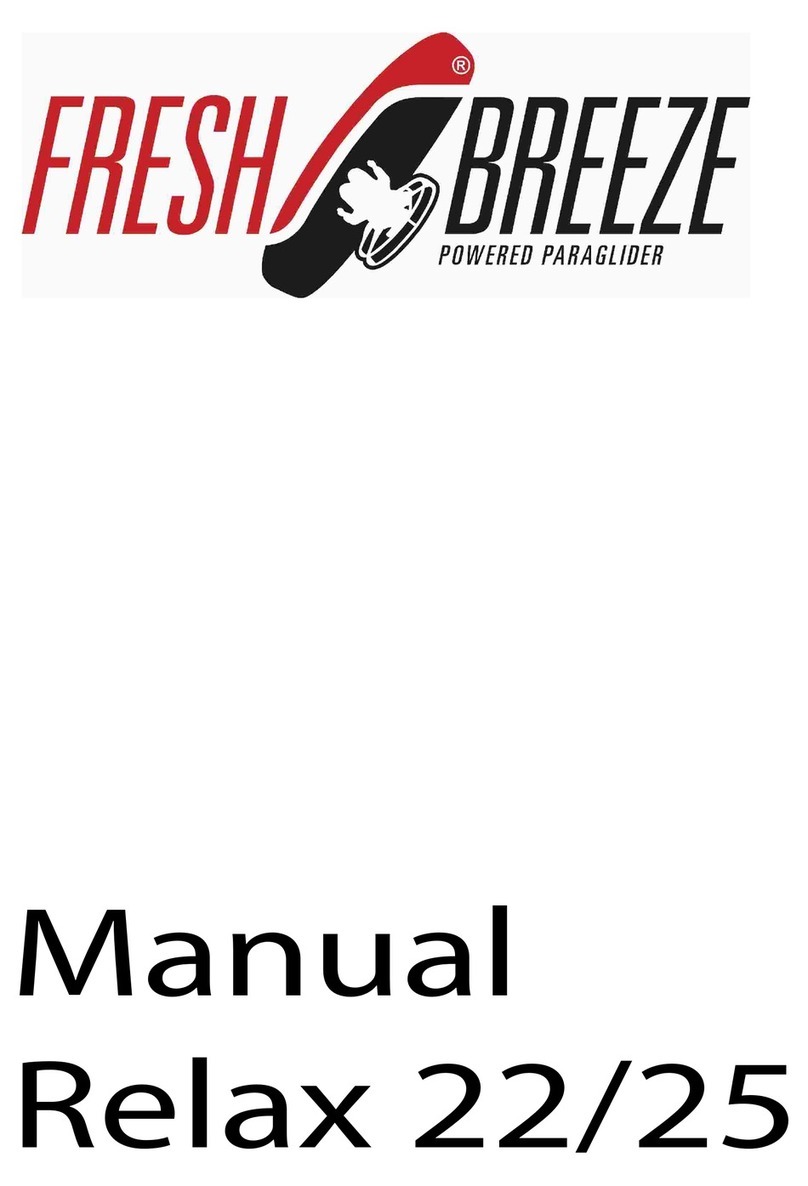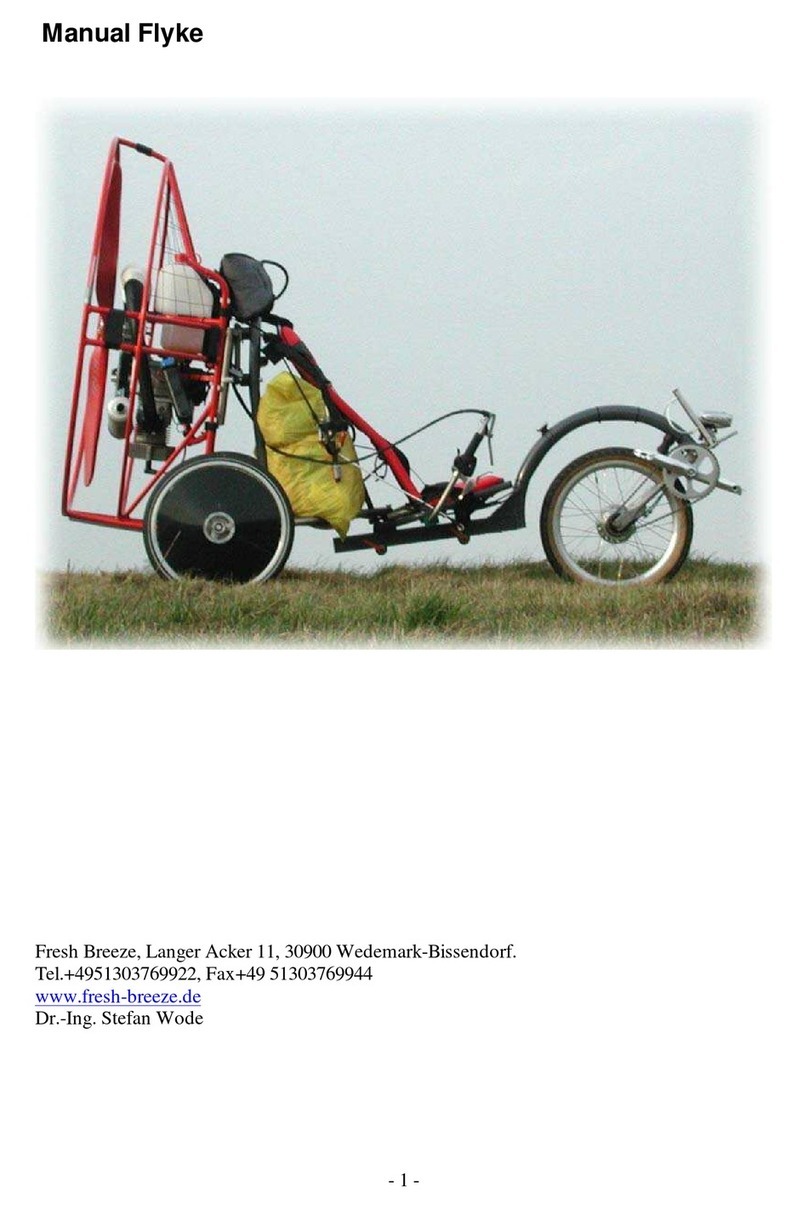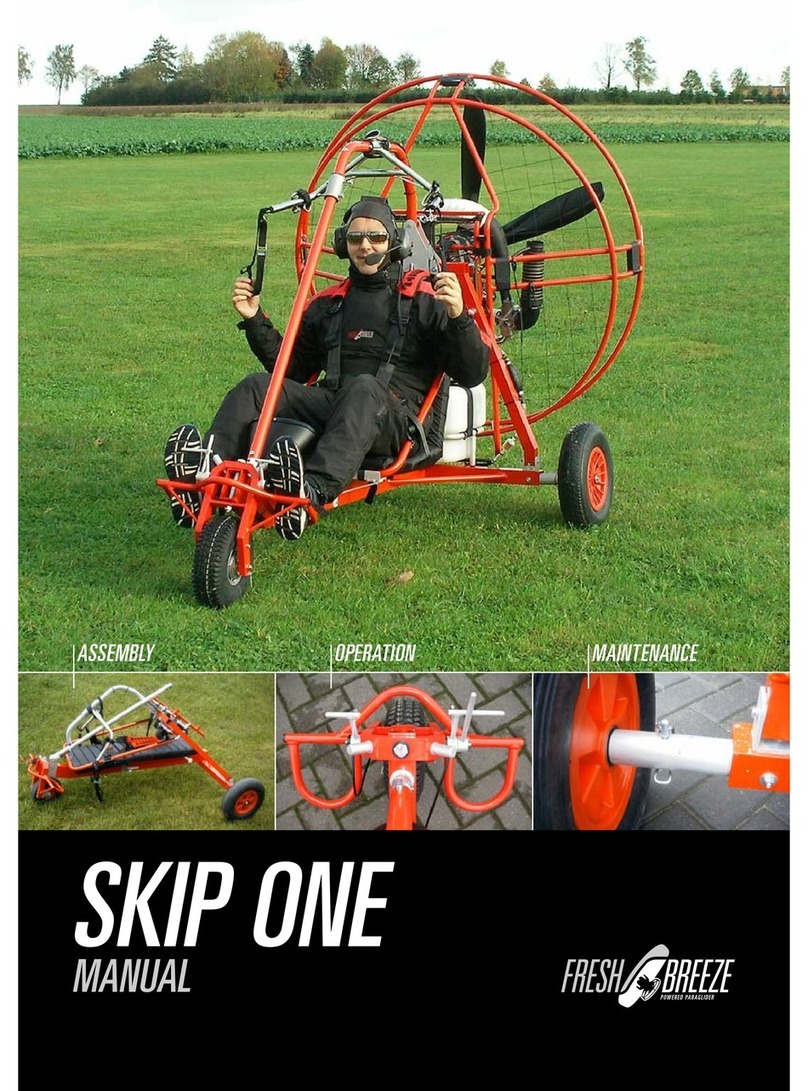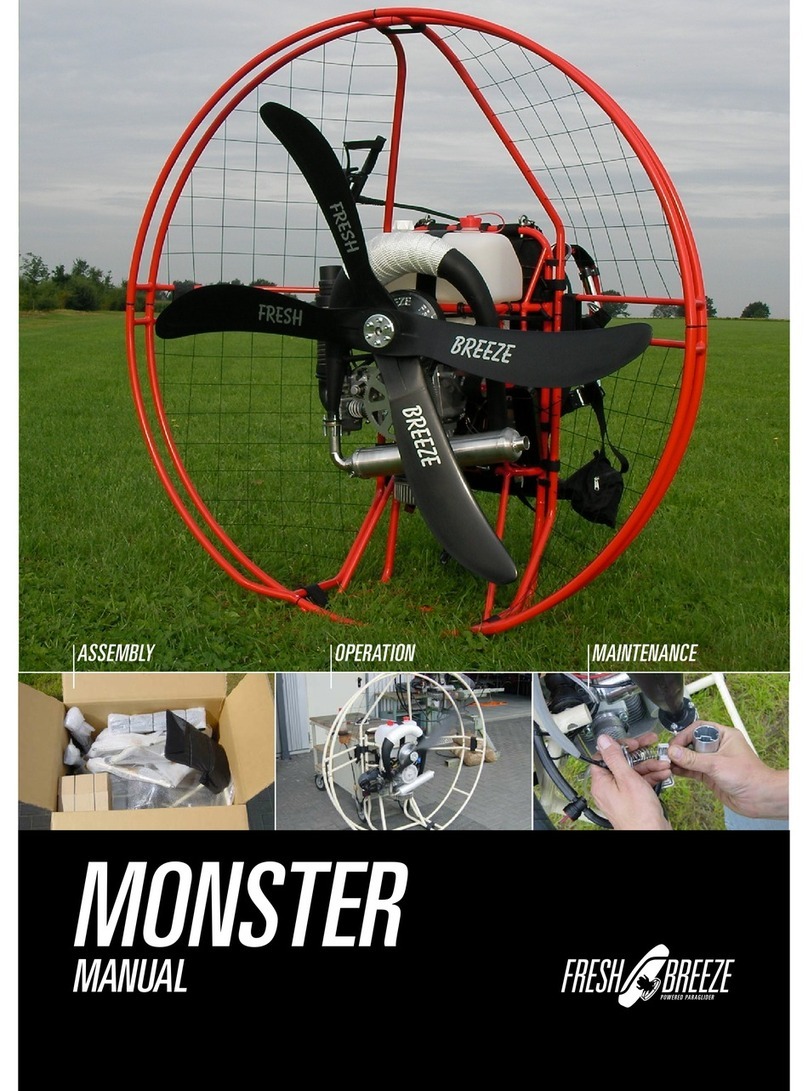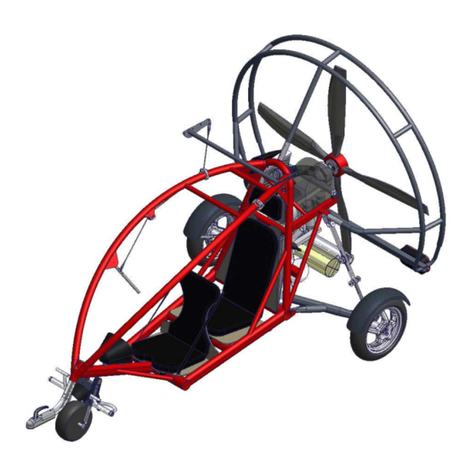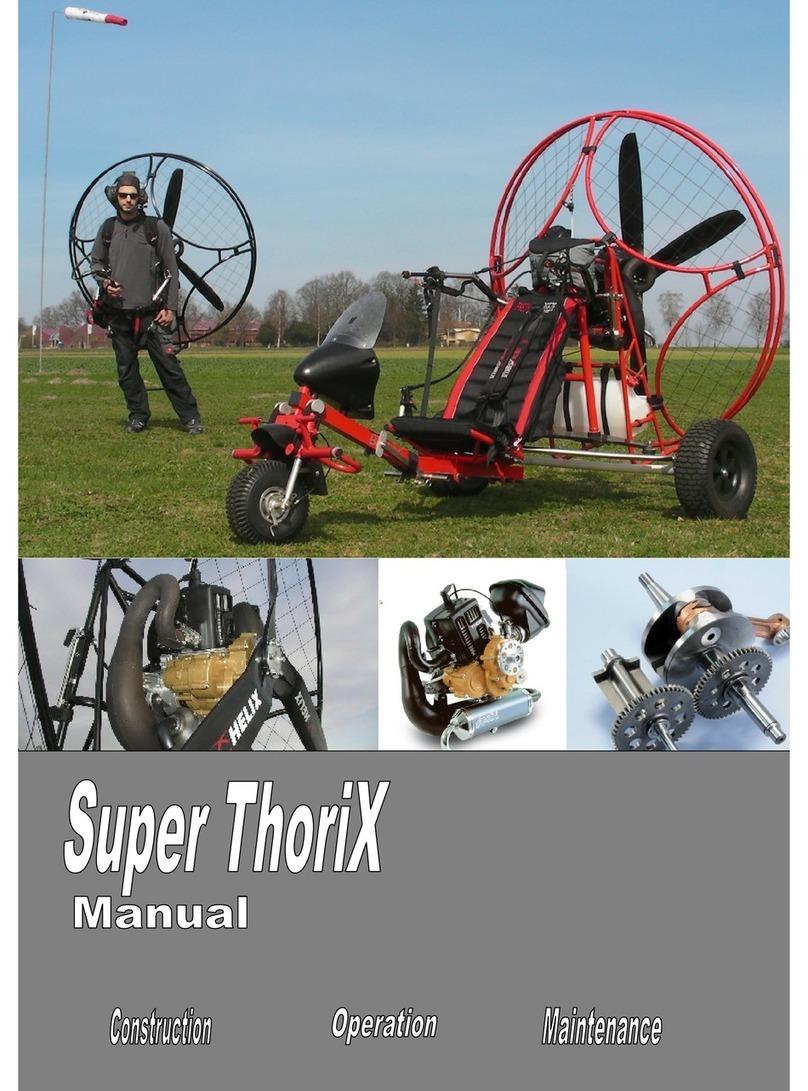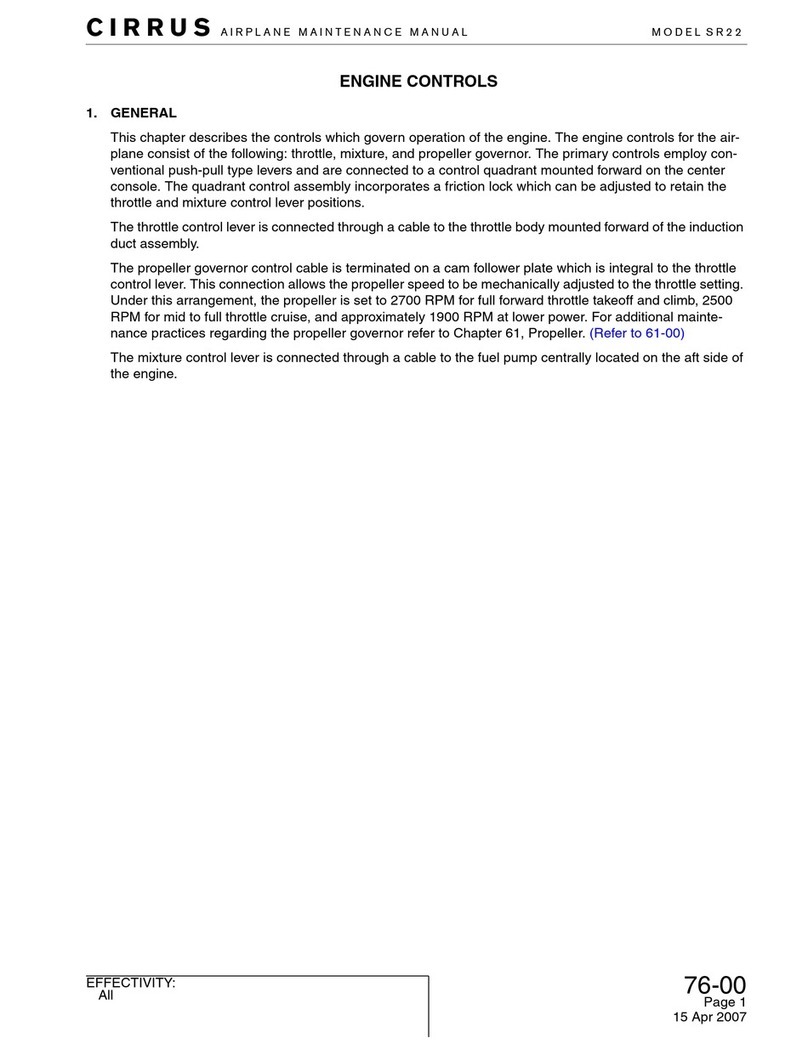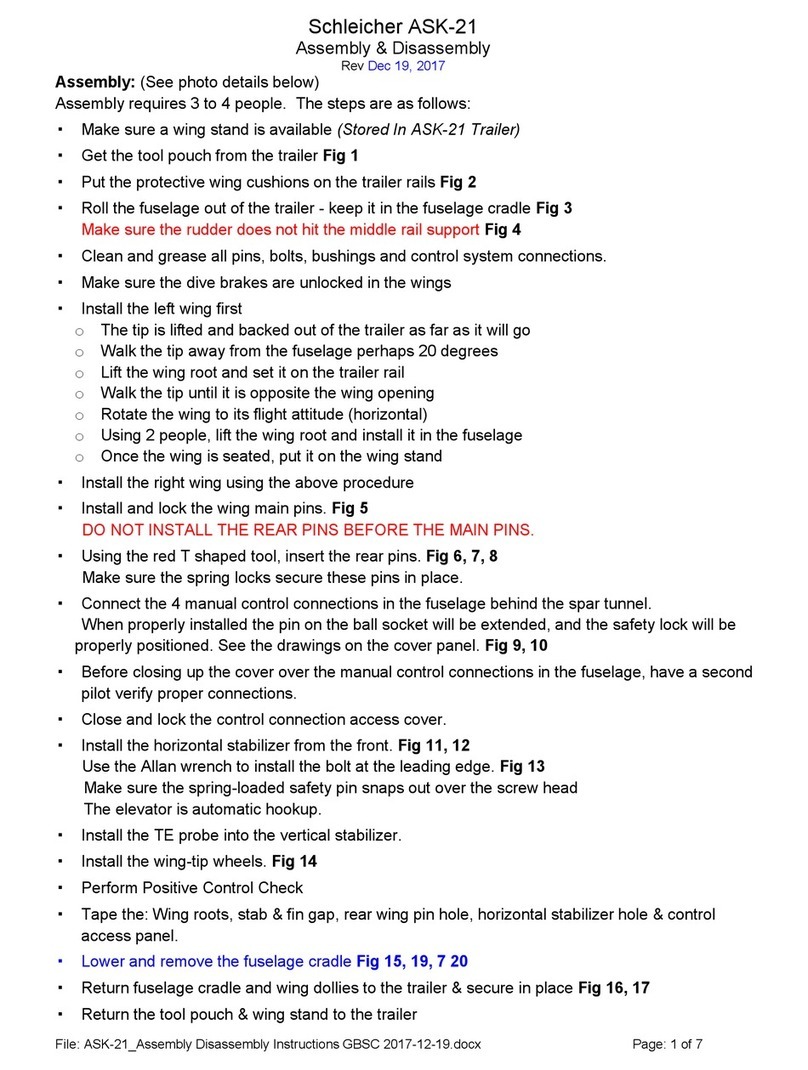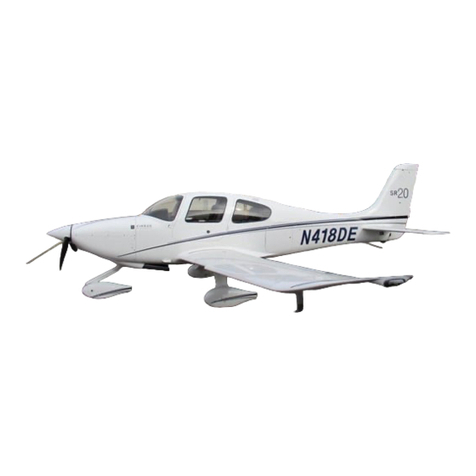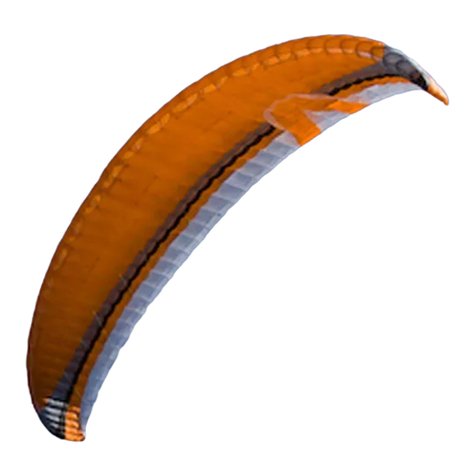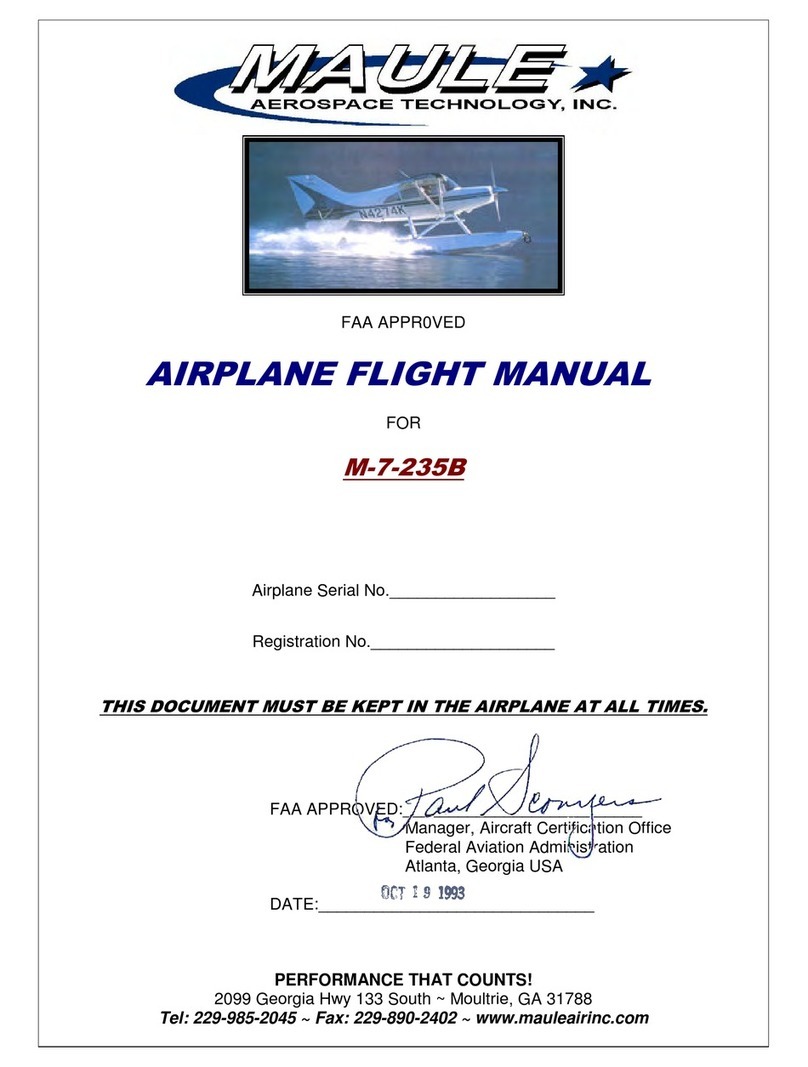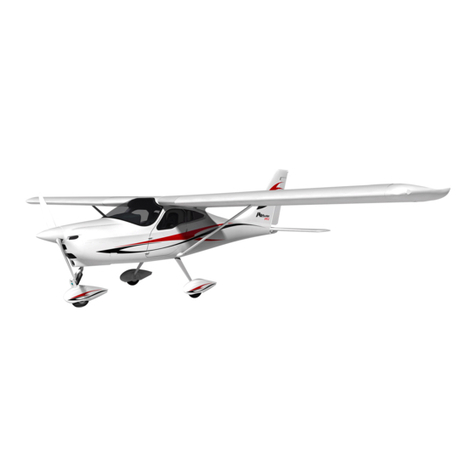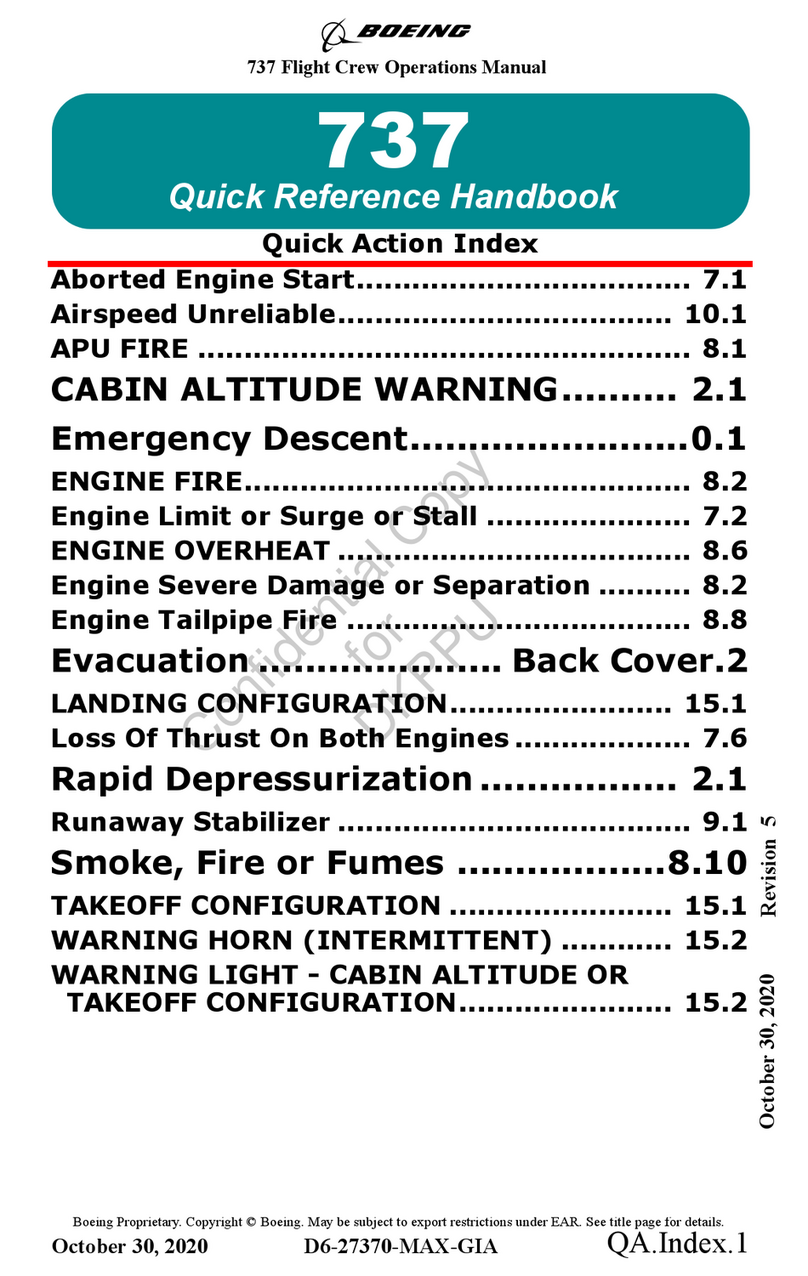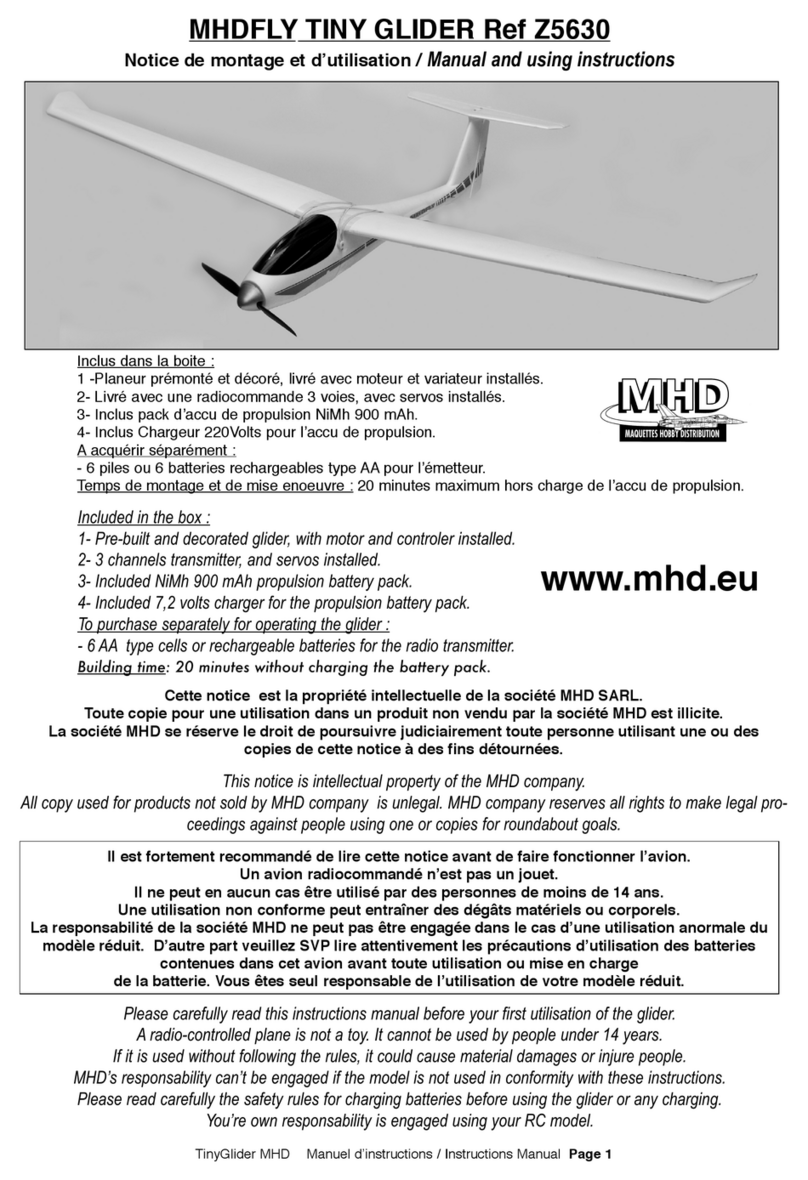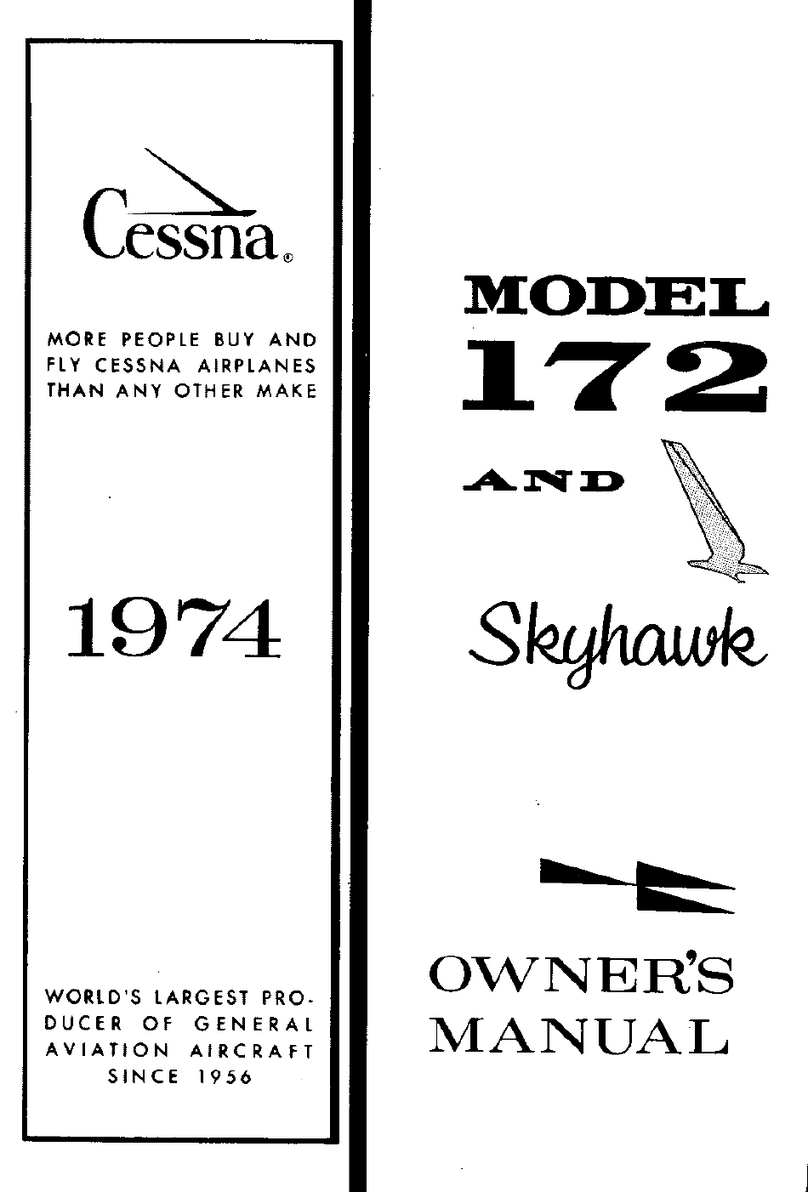APAX evo user manual
________________________________________________________________________________________________________________________________________________________
Pilots are responsible for their own safety and must ensure that the airworthiness of the
glider is checked prior to every flight. The pilot should launch only if the paraglider is
airworthy. In addition, when flying outside of Germany, pilots must observe the relevant
regulations in each country.
The glider may only be used if the pilot has a licence which is valid for the area or is flying
under the supervision of an approved flying instructor. There shall be no liability on the part of
third parties, in particular the manufacturer and the dealer.
Liability and warranty exclusion
In terms of the warranty and guarantee conditions, the paraglider may not be flown if any of
the following situations exists:
●the inspection period has expired, or the inspection has been carried out by the pilot
him/herself or by an unauthorised inspector
●the pilot has incorrect or inadequate equipment (reserve, protection, helmet etc)
●the glider is used for winch-launching with a winch which has not been inspected or
by non-licensed pilots and/or winch operators
●the pilot has insufficient experience or training
Operating limitations
The paraglider must be operated only within the operating limits. These are exceeded, if one
or more of the following points are complied:
●the take-off weight is not within the permissible weight range
●the glider is flown in rain or drizzle, cloud, fog and / or snow
●the canopy is wet
●there are turbulent weather conditions or wind speeds on launch higher than 2/3 ot
the maximum flyable airspeed of the glider (varies according to the total take-off
weight)
●air temperature below -10°C and above 50°C
●the glider is used for aerobatics/extreme flying or flight manoeuvres at an angle
greater than 90°
●there have been modifications to the canopy, lines or risers which have not been
approved
Glider categories and guidelines
The German Hang gliding and Paragliding Association (DHV) and its safety division
have developed guidelines which are based on many years of analysing paraglider
accidents and on the experience of flying schools, flying instructors and safety officers.
These guidelines should help pilots to select the appropriate glider classification for their
particular level of flying ability. The information below relates to the classification in EN/LTF-
certification. There is also further information on the website of the relevant licensing body.
The complexity of the paraglider system means that it is not possible to give any more than
a partial description of the glider’s flight behaviour and reactions to disturbances. Even a small
Page 10
